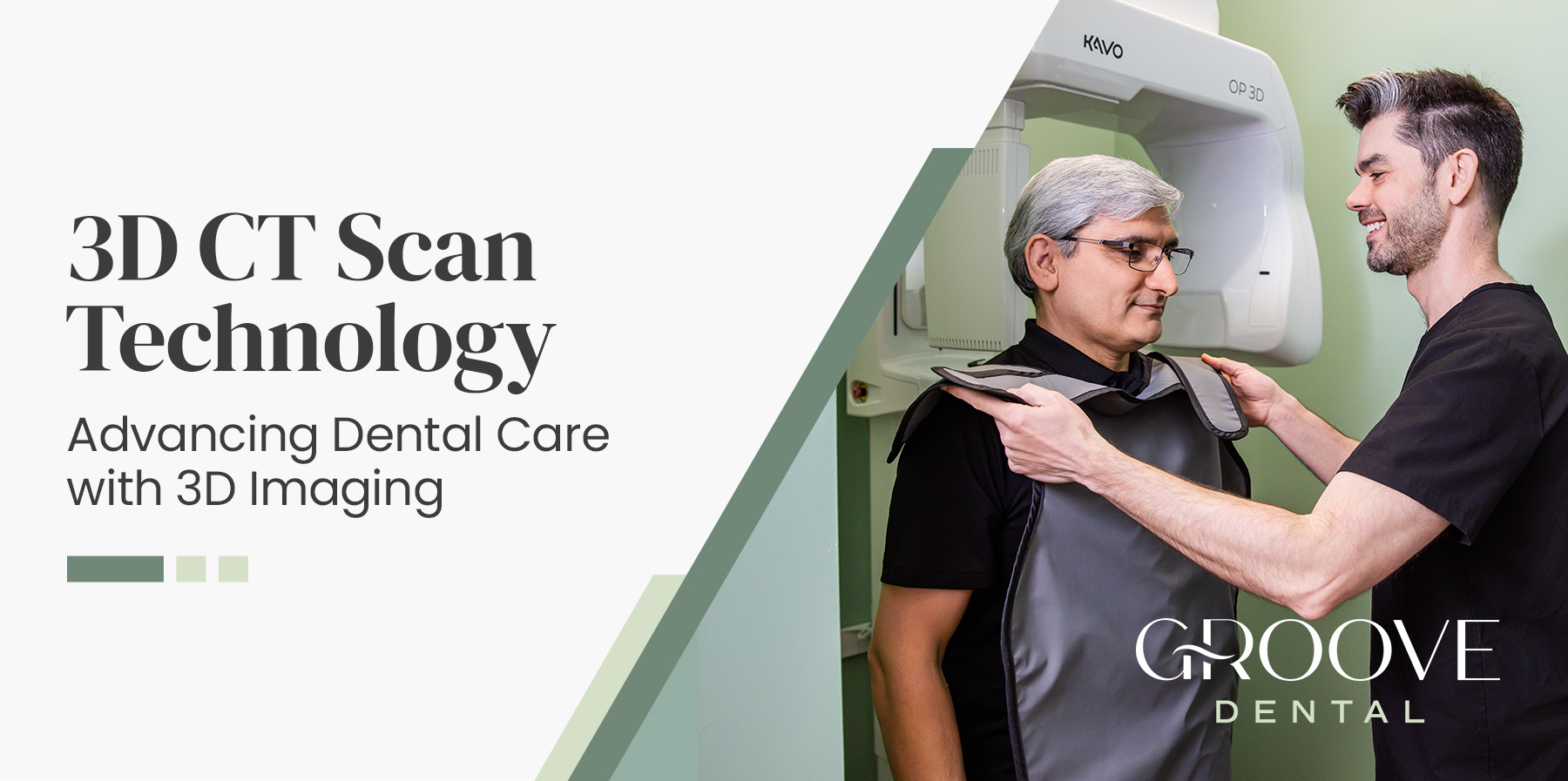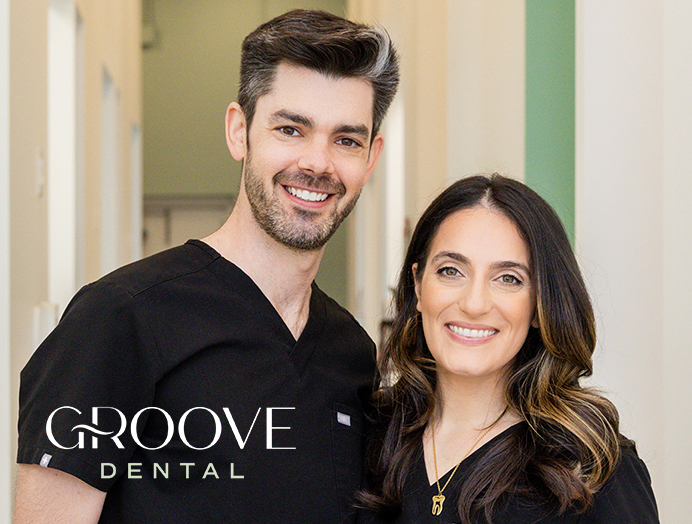The Power of 3D CT Scan Technology in Dentistry
Advancements in dental technology continue to improve diagnosis and treatment planning. One of the most significant innovations in recent years is 3D Cone Beam Computed Tomography (CBCT), a specialized imaging technology that provides highly detailed, three-dimensional views of oral structures.
What is a 3D CT Scan?
A 3D CT scan uses cone-beam technology to create a comprehensive image of the teeth, jawbone, nerves, and surrounding tissues. Unlike traditional two-dimensional X-rays, which can be limited in scope, a 3D CT scan allows for a more precise and complete evaluation of oral health.
How is 3D CT Scanning Used in Dentistry?
3D imaging plays a crucial role in many dental procedures by providing enhanced visualization and accuracy. In dental implant placement, it helps assess bone density and structure to ensure precise positioning for long-term success. In orthodontics, it allows for a more thorough evaluation of tooth alignment and jaw positioning, aiding in treatment planning. Root canal therapy benefits from 3D scanning by revealing hidden canals or infections that might not be visible with traditional X-rays. Wisdom teeth removal is made safer by identifying nerve locations, reducing the risk of complications. For TMJ disorder diagnosis, 3D scans offer a clear view of the jaw joint, helping in the assessment and treatment of temporomandibular joint issues.
How Does 3D CT Scanning Compare to Traditional X-Rays?
Traditional dental X-rays are valuable for routine imaging but provide only flat, two-dimensional views. This limitation can make it difficult to detect certain conditions or assess complex structures accurately. A 3D CT scan offers a more complete and detailed representation of the mouth, allowing for improved diagnosis and treatment planning, especially in complex cases that require a higher level of precision.
The Future of 3D Imaging in Dentistry
As technology continues to evolve, 3D CT scanning is becoming an essential tool in modern dentistry. It enhances diagnostic accuracy, improves treatment outcomes, and helps minimize potential risks. While not every dental office has access to this technology, its growing use is shaping the future of dental care by providing safer, more precise, and more efficient treatment options.




